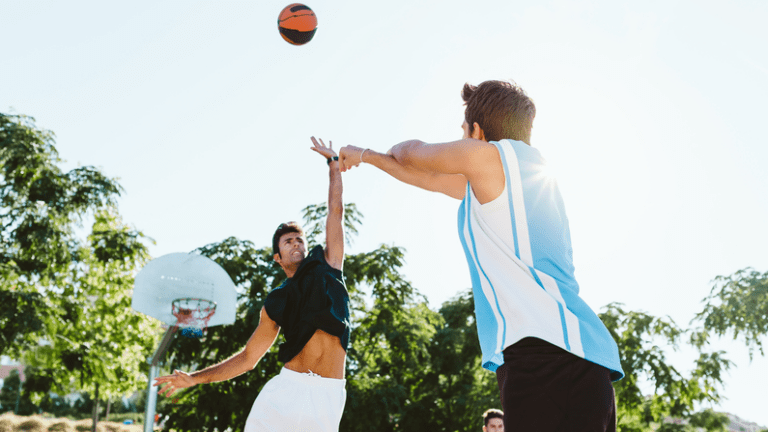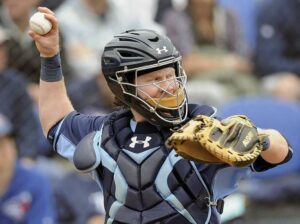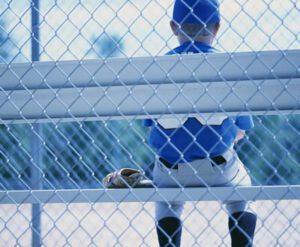I have a good feeling that if you were to ask all the kids in youth basketball what their favorite part of basketball is, they’d all say SHOOTING!
Shooting is the only thing a shooting guard has to do, right? Well, not quite. Sure, a successful shooting guard is able to put the ball in the basket, but there is much more to their game than that. In an era where being the NBA’s leading scorer is almost more important than winning a championship, young players lose sight of all the other nuances of the game.
Let’s review the term ‘specialist’ before we move on. When I hear ‘specialist’ I think of someone who is only able to do one or two things and dedicates most of their time just practicing those skills. This can be detrimental to a player’s overall effectiveness and impact on a game. There’s always room for this type of player on successful teams, but they are most likely just role players who get minimal playing time.
There’s a misperception out there that shooting guards are specialists or players that are just meant to score.
As a high school coach, I want my shooting guards to do a lot. They need to be able to initiate the offense, shoot from mid-range (shooting from distance is a plus), attack the basket, protect the ball, and be able to play solid on-ball and off-ball defense on the opposition. That’s a long list, but all of those skills are things that will help a team accomplish their goal of winning.
A shooting guard with these attributes won’t find himself subbed out late in the game. Instead, he’ll find himself being an integral part of his team’s success.
Let’s break down each skill a little more. The point guard usually initiates the offense, but sometimes, because of matchups or good defense, another player needs to set up a play and control the tempo of the game. That’s where the shooting guard comes into play. When the game is getting sloppy and teammates are out of position, the shooting guard should be able to recognize this and reset the offense, providing his team with a quality possession. He should demonstrate the composure and knowledge to help the offense run without skipping a beat.
Next, we’ll talk about shooting. The mid-range jumper is a lost art, in my opinion. Players live and die by the three in today’s game. A shooting guard should be able to shoot from about 10-15 feet with great success. Pull ups, spot ups, off screens – you name it, a shooting guard should be able to execute. Those mid-range jumpers make the next type of shot all the more useful because it helps create space. The three pointer, the trey, the triple is the most coveted shot in basketball in today’s game. We have stretch bigs who can step beyond the arc and shoot the three ball with crazy efficiency, and guards who can pull up from almost 30 feet. If a shooting guard is doing his job, he should be practicing those outside shots too. What’s the grittiest part of being on the offensive end of the floor? Getting to the hoop for an easy (okay, it isn’t always that easy) two points. Shooting guards need to possess the handles, quickness, and agility to navigate and maneuver their way through the tight spaces of the paint and the touch to finish with the floaters, finger rolls, and soft layups high off the glass once they get there. In games, shooting guards need to keep the defense honest by showing a variety of ways to score. Being too one dimensional makes you easy to defend.
There are two ends of the floor, so last I checked, having all five guys playing defense is a necessity. I love scrappy, hard-nosed, tough shooting guards who aren’t afraid to dive on the floor after loose balls or who can lock down the other team’s best players. Practice those foot fires, defensive slides, and agility ladder drills to stay a step ahead of the offense. They aren’t the most fun drills to do, but they can make you much more effective. You also have to make sure that you can play help defense. Unless your coach tells you to, it doesn’t do your team much good if you shutout the player you’re defending, but the rest of the team lights it up. You need to help your teammates by playing disciplined, fundamental help defense. This means that you understand the correct rotations and start moving as the ball is released out of the passer’s hands. DON’T wait until the ball is in the air because you’ll be too late. Instead, anticipate! Don’t try to freelance too much because if you’re trying to get a steal and find yourself out of position, a good offensive player will slip back door or slide to a sweet spot for an open jumper.
There are a lot of boxes to check off to become a quality shooting guard, but if you’re serious about taking the next step, stop doing nothing but shooting in your spare time. Do drills to practice your footwork, dribbling, defense, and overall athleticism too. Do yourselves, and your teammates, a favor by becoming a multi-tool player that can contribute from the jump ball to the second the final buzzer sounds. Being a good teammate is a valuable, yet overlooked, tool that helps build team chemistry and allows teams to optimize their potential.
How useful was this post?
Click on a star to rate it!
Average rating 5 / 5. Vote count: 2
No votes so far! Be the first to rate this post.




